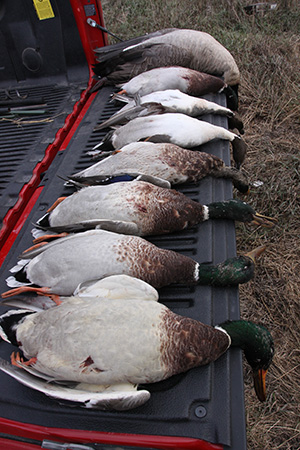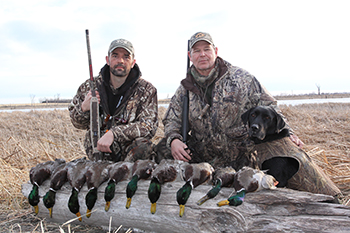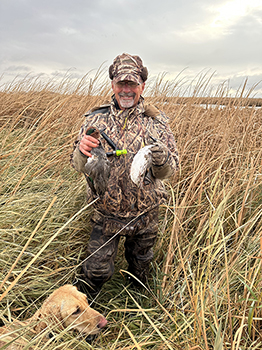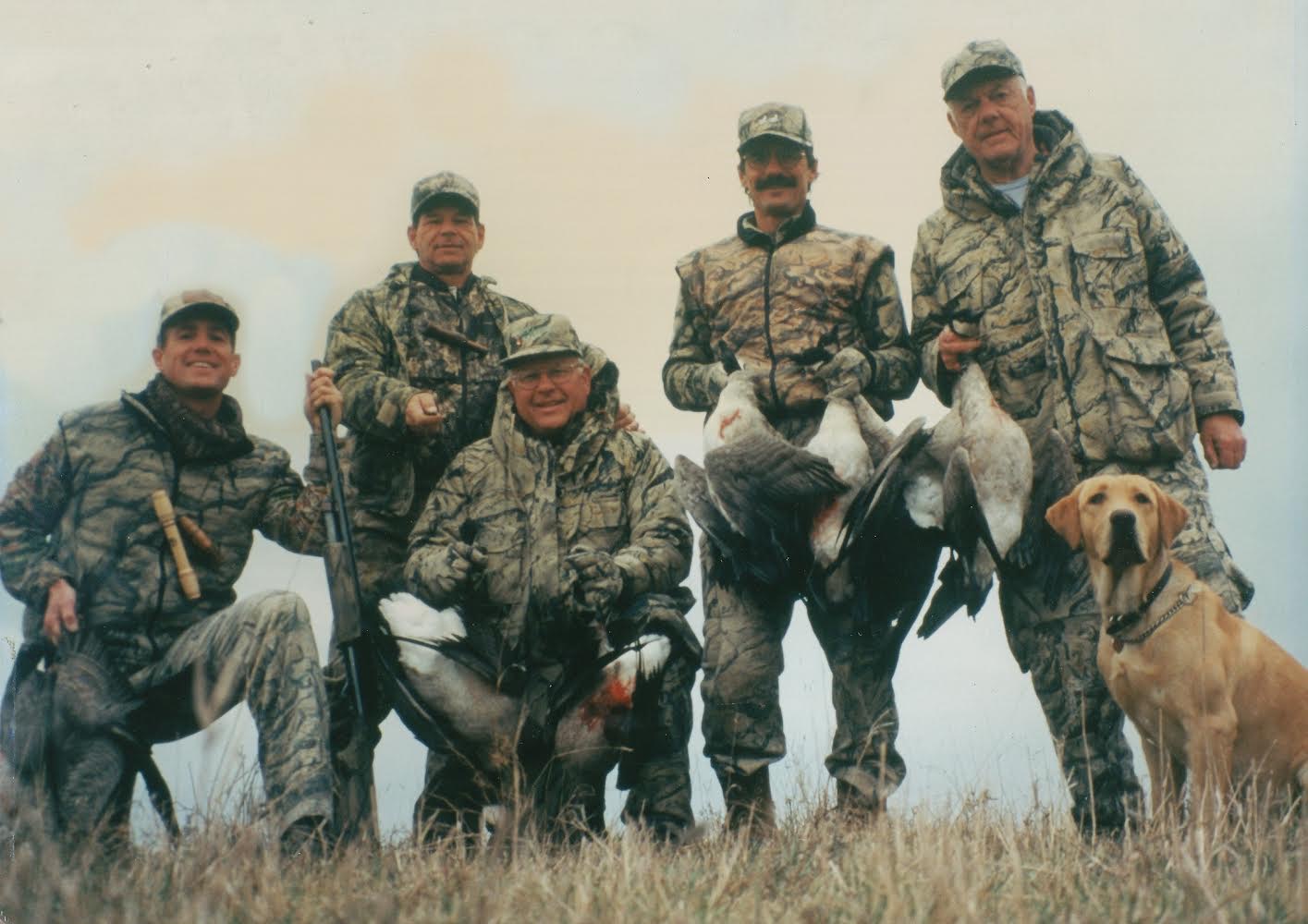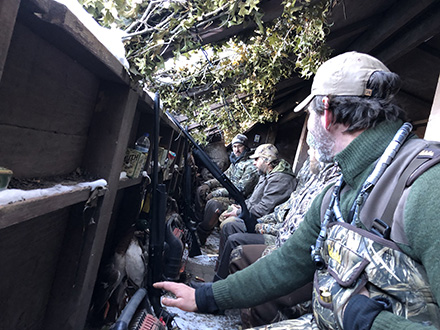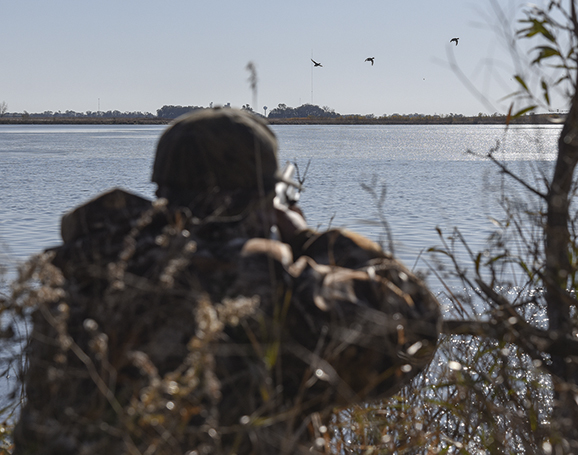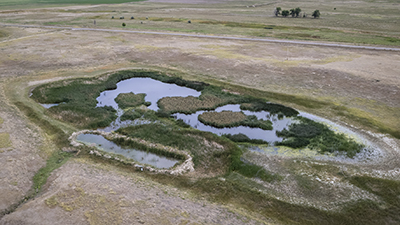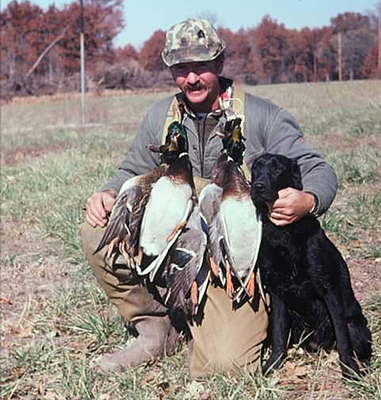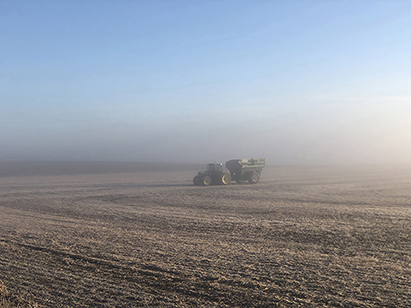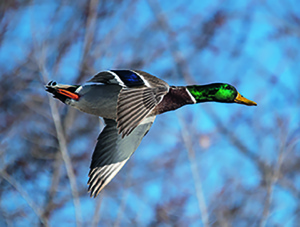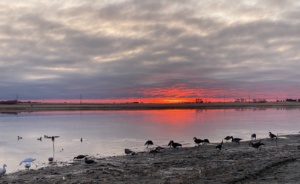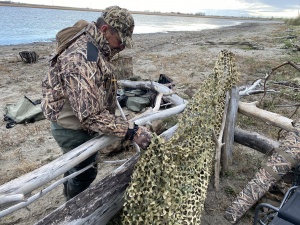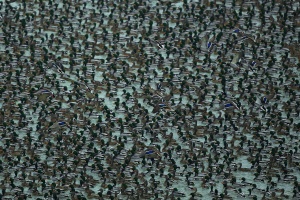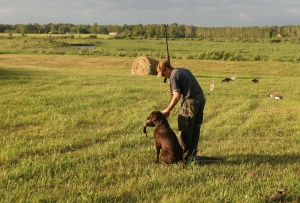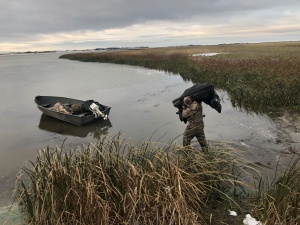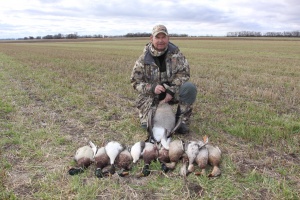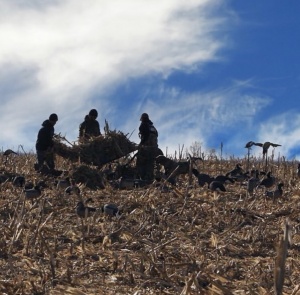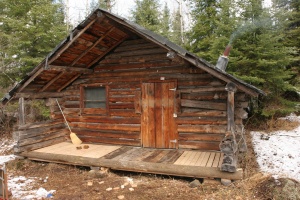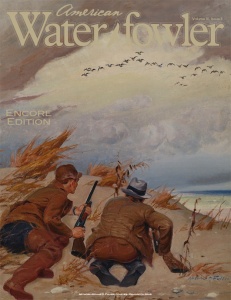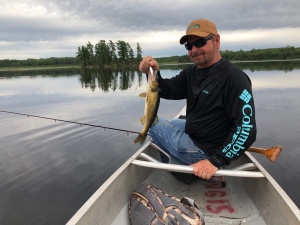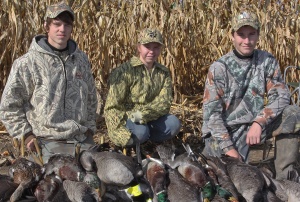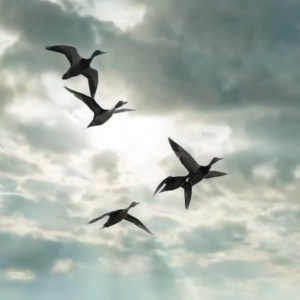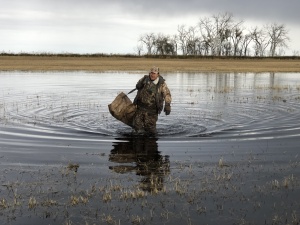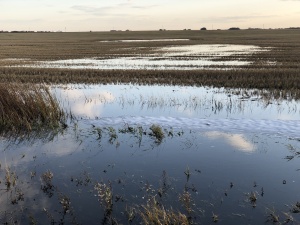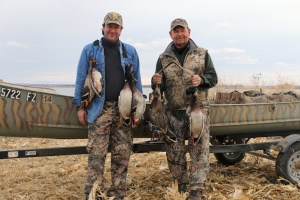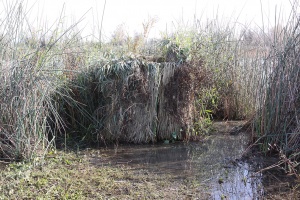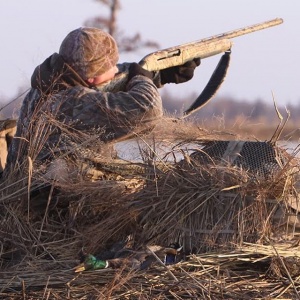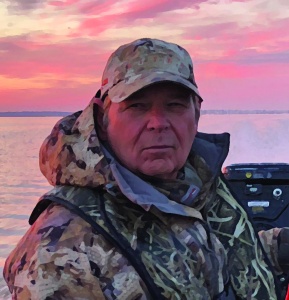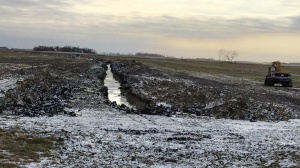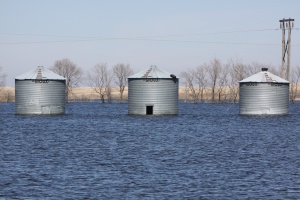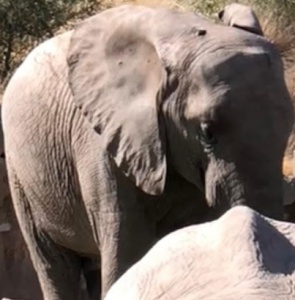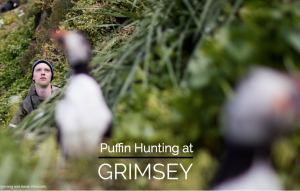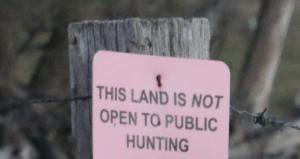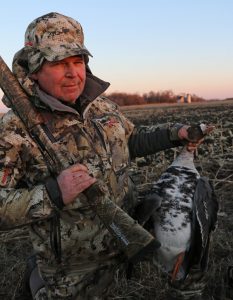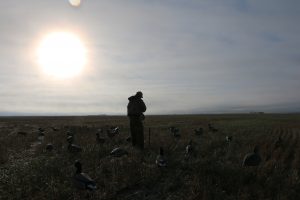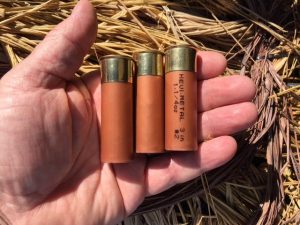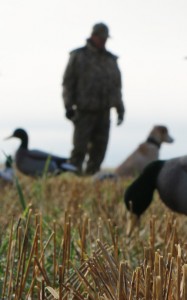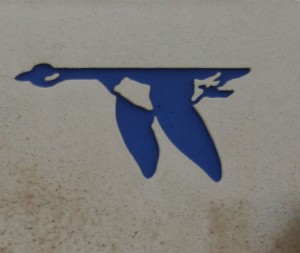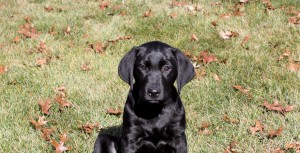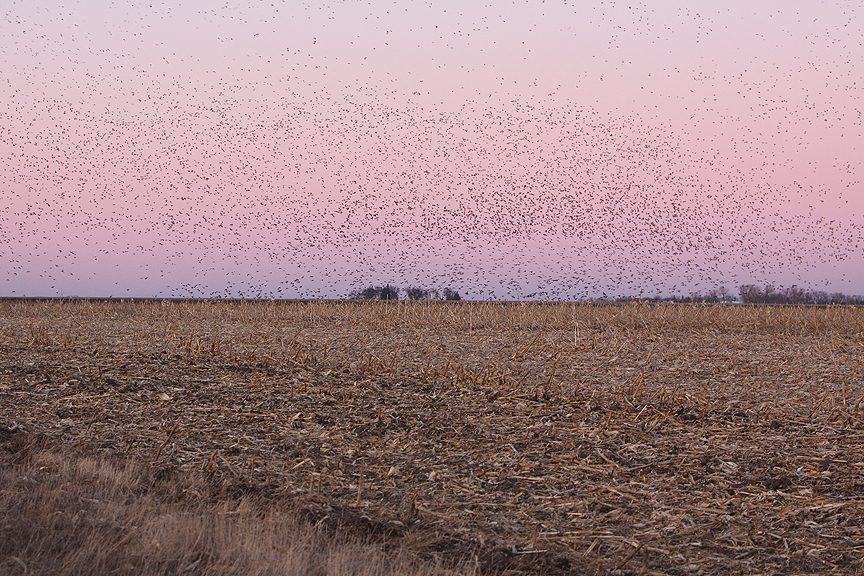When waterfowl survey numbers come out, biologists and waterfowl manager start to chatter about the status of ducks, how we count them, how we manage them and how we set limits—important and interesting conversations. Opinions vary.
Although these studied and respected participants are involved in the management of waterfowl and their habitats, they do not set limits, but they may advise Flyway Councils in their process. The number of ducks we are allowed to take is guided by a a principal called Adaptive Harvest Management.
I practice adaptive harvest myself. If I have six cookies on a plate, I say to myself, “Selt, you, can have two cookies a day for three days. Great!” But if I have only three cookies on the plate, I’ll probably go to one per day. I’m adaptive.
Canvasback counts were down this year. A couple of years ago they were up, and the limit went from one to two per day. Now canvasbacks are down again but the limit from Maryland to North Dakota and parts south remains two canvasbacks. Think about this. There are only half as many canvasbacks as there are duck hunters.
My adaptive nature says something is missing here.
When people my age were younger, we were hit with some crazy low limits, and some abbreviated seasons—try 30 days. We groaned. But we went about our hunting, following the new rules. The most important thing was being out there
There’s a hard, stealthy truth today that’s not being talked about, nor with enough honesty. Hunter numbers are falling. License sales are falling. Government agencies and institutions that depend on hunter dollars are fearful. I’m going to guess that this fear is fueling Adaptive measures that have less to do with Harvest and the well-being of birds than the well-being of agencies that fear for their funding and survival. What would hard-charging conservationists like Teddy Roosevelt say?
I think we should live up to our conservation ethic when it comes to management of individual species.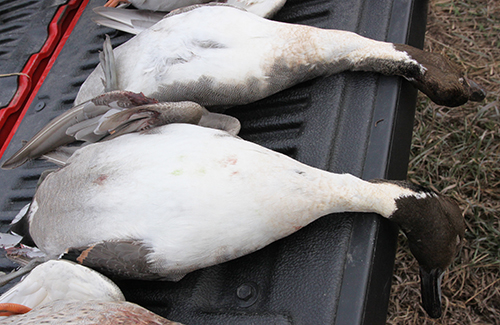
Pintails come to mind. Who doesn’t love seeing these graceful birds? Pintails once battled with mallards as our most abundant duck, but time and farming practices have not been kind to pintails.
Once counted at about 10 million birds, pintails have dropped below 2 million in the latest survey, down 11 percent from the previous year. Just a couple of years back pintails hovered perilously close to the 1.75 million mark which mandates a closed season. Now, with the daily limit at 1 pintail nationwide for several years, a contingent from California has lobbied for a three-bird daily limit.
And now, suddenly, Adaptive Harvest Management tactics have undergone a halleluiah moment, “improved science” and a new federal strategy when it comes to pintails. Conveniently, that improved strategy would allow shooting up to three pintails per day. Also, conveniently, it would move the season closure threshold from 1.75 million pintails to a paltry 1.2 million pintails.
I’m trying to adapt to the people who hide behind Adaptive Management. Teddy Roosevelt would probably show them the big stick.

